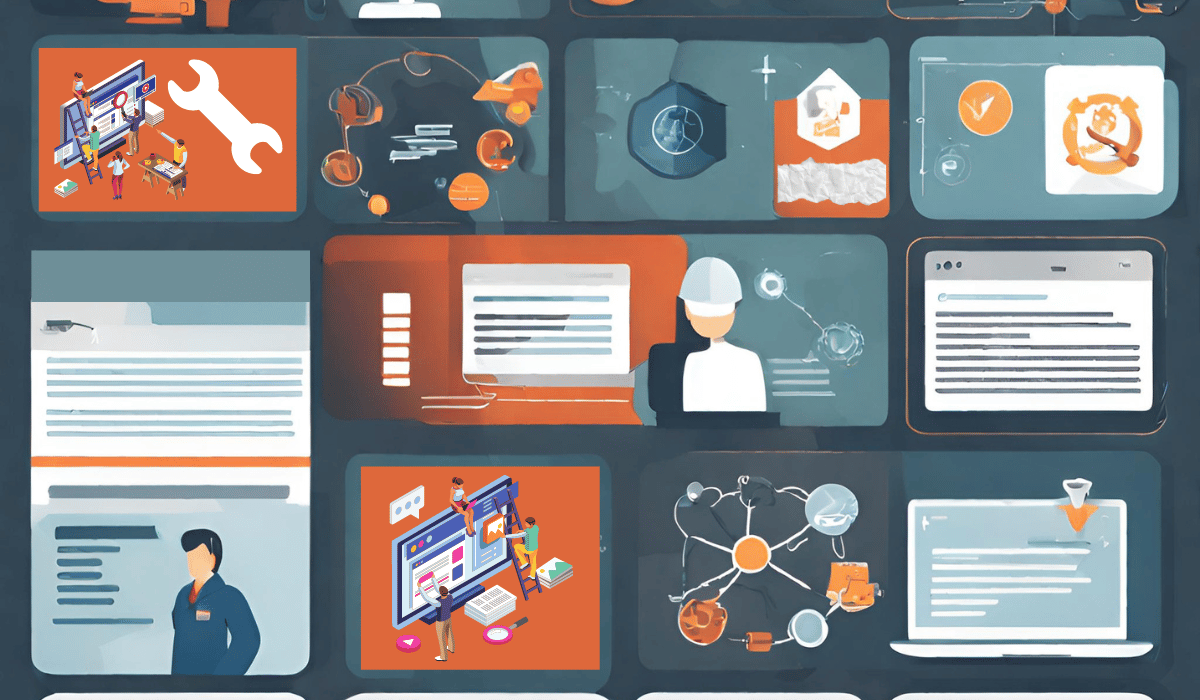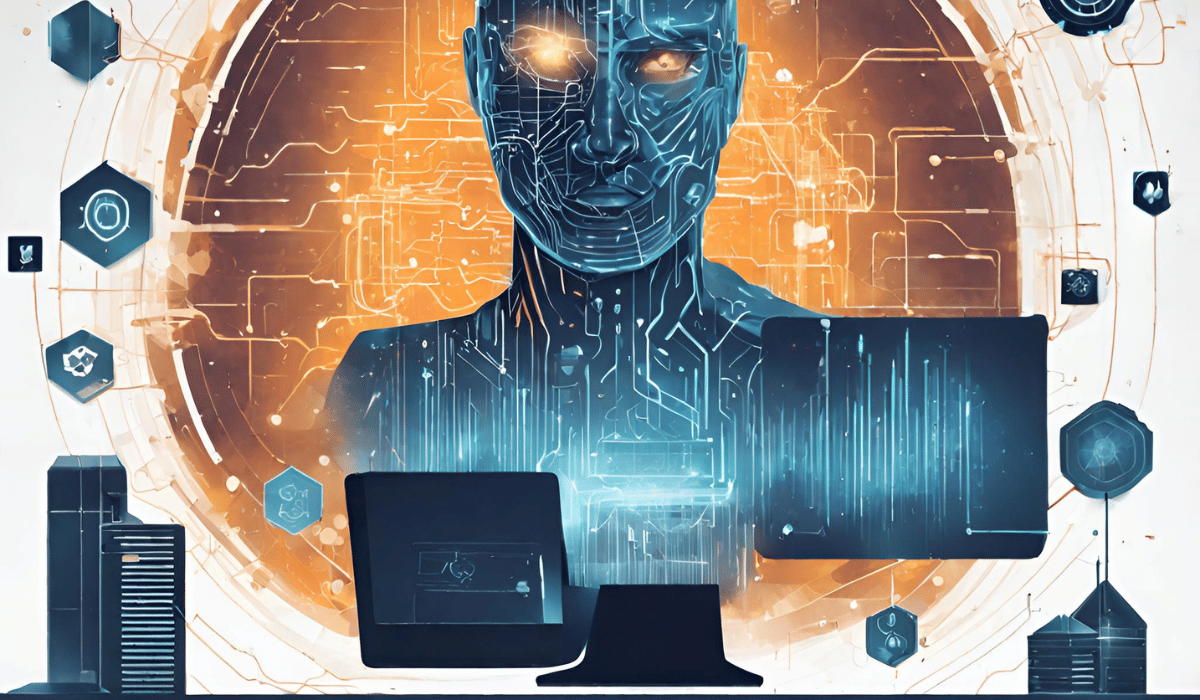Data normalization in security is an essential process that plays a pivotal role in bolstering cybersecurity efforts. It streamlines and standardizes data, making it easier to manage, analyze, and secure. With the rise in cyber threats, understanding and implementing data normalization in security has become more important than ever.
Data Normalization in Security
Data normalization is a method used to minimize redundancy and dependency in data. It involves organizing data in a database to ensure it’s efficient, consistent, and easily searchable. When applied to security, it helps in standardizing and enriching security event data, enhancing its usefulness for security analytics.
The Role of Data Normalization in Security
In security, data normalization is crucial. It transforms raw security event data from various sources into a common, easy-to-understand format. This helps in faster threat detection, efficient incident response, and proactive vulnerability management.
Types of Data Normalization
There are several types of data normalization like First Normal Form (1NF), Second Normal Form (2NF), and Third Normal Form (3NF). Each form has a specific use and benefits, depending on the complexity of the data and its intended use.
Benefits of Data Normalization in Security
Normalization in security offers several benefits. It reduces data redundancy, improves data integrity, and enables efficient querying. It also enhances security analytics, incident response, and threat hunting by providing consistent and meaningful data.
Understanding the Process of Data Normalization

The process involves several steps like eliminating duplicate data, reducing anomalies, and enforcing data integrity. For security, it also involves mapping disparate event data to a common format and enriching it with contextual information.
Normalization Techniques in Cybersecurity
Several techniques like the use of schemas, mappings, or scripts can be used for normalization. In cybersecurity, Security Information and Event Management (SIEM) tools often perform normalization.
Normalization versus Standardization
While both aim to improve data usability, they have differences. Standardization modifies data to have a mean of zero and standard deviation of one. Normalization, on the other hand, changes data to fit within a specific scale, like 0 to 1.
Challenges in Data Normalization for Security
The process is not without challenges. Issues can arise due to the variety of data sources, changing data formats, and the need for real-time normalization. Proper planning and the use of automation can help mitigate these challenges.
Tools for Data Normalization in Security

Several tools can assist with normalization in security. SIEM tools, data management platforms, and machine learning algorithms are commonly used.
Normalization and Data Security Compliance
Normalization plays a crucial role in achieving compliance with data security regulations. By organizing data in a uniform manner, it aids in monitoring and reporting, which are vital for compliance.
Case Study: Data Normalization in a Security Context
Many organizations have benefitted from data normalization. For instance, a financial institution managed to reduce false positives in fraud detection by over 50% through normalization.
The Future of Data Normalization in Security

As cyber threats evolve, the role of data normalization in security will only grow. The advent of technologies like AI and machine learning will also impact how normalization is performed.
Data Normalization in the Age of Big Data and IoT
With the explosion of data from IoT devices and Big Data, normalization has become even more critical. It helps manage the vast volume and variety of data, enabling effective security analysis.
The Role of Machine Learning in Data Normalization
Machine learning algorithms can automate the process, improving its speed and efficiency. They can also learn from previous normalization tasks, enhancing their effectiveness over time.
Data Normalization in Cloud Security
Cloud environments generate a huge amount of data. Normalization helps in managing and securing this data by reducing its complexity and improving its consistency.
Data Normalization and Privacy Concerns
While it enhances security, care must be taken to respect privacy regulations. Data normalization should not involve storing or processing personal data without consent or beyond its necessary use.
How Data Normalization Enhances Incident Response
By providing consistent, meaningful data, normalization speeds up incident detection, improves response times, and aids in forensic analysis.
Data Normalization in Security Analytics
In security analytics, normalization is key. It enables meaningful comparisons, trend analysis, and correlation of security event data, leading to improved insights and decision-making.
Role of AI and Data Normalization in Security
AI can greatly enhance the normalization process. It can learn from data patterns and automate normalization, leading to faster and more accurate results.
Normalization in Security Information and Event Management (SIEM)
SIEM tools heavily rely on normalization. They collect security data from various sources, normalize it, and use it for threat detection, compliance reporting, and incident response.
Best Practices for Data Normalization in Security
Best practices include defining a normalization policy, using automation, regular review and update of normalization rules, and proper training for staff involved in the process.
Normalization in Database Security
In databases, normalization improves data integrity and efficiency, leading to better database security. It reduces the risk of data breaches and aids in complying with data protection regulations.
The Intersection of Data Normalization and GDPR
With GDPR’s stringent requirements for data management, normalization aids in achieving compliance. It ensures data consistency and aids in the implementation of privacy by design, a core requirement of GDPR.
Consequences of Ignoring Data Normalization in Security
Ignoring normalization can lead to data redundancy, inconsistency, and inefficiency. It can also impede security analytics and incident response, leading to vulnerabilities and increased risk of cyber threats.
FAQs
How does data normalization enhance cybersecurity?
Data normalization enhances cybersecurity by improving data consistency, reducing redundancy, and enabling efficient data analysis. This results in faster threat detection, efficient incident response, and more accurate vulnerability assessments.
What are the types of data normalization?
There are several types of data normalization, such as First Normal Form (1NF), Second Normal Form (2NF), and Third Normal Form (3NF). Each type is suited for different levels of data complexity and has its own specific use cases.
What is the difference between data normalization and standardization?
While both data normalization and standardization aim to improve data usability, they do so differently. Standardization adjusts data to have a mean of zero and a standard deviation of one. On the other hand, normalization modifies data to fit within a specific scale, usually between 0 and 1.
How does data normalization help in incident response?
Data normalization helps in incident response by providing consistent and meaningful data. This speeds up the detection of security incidents, improves response times, and aids in forensic analysis.
Conclusion
Data normalization in security is not a choice but a necessity. As cyber threats grow in complexity, normalization ensures consistent, meaningful data back security efforts. Organizations must prioritize normalization in their cybersecurity strategy to counter cyber threats effectively.
